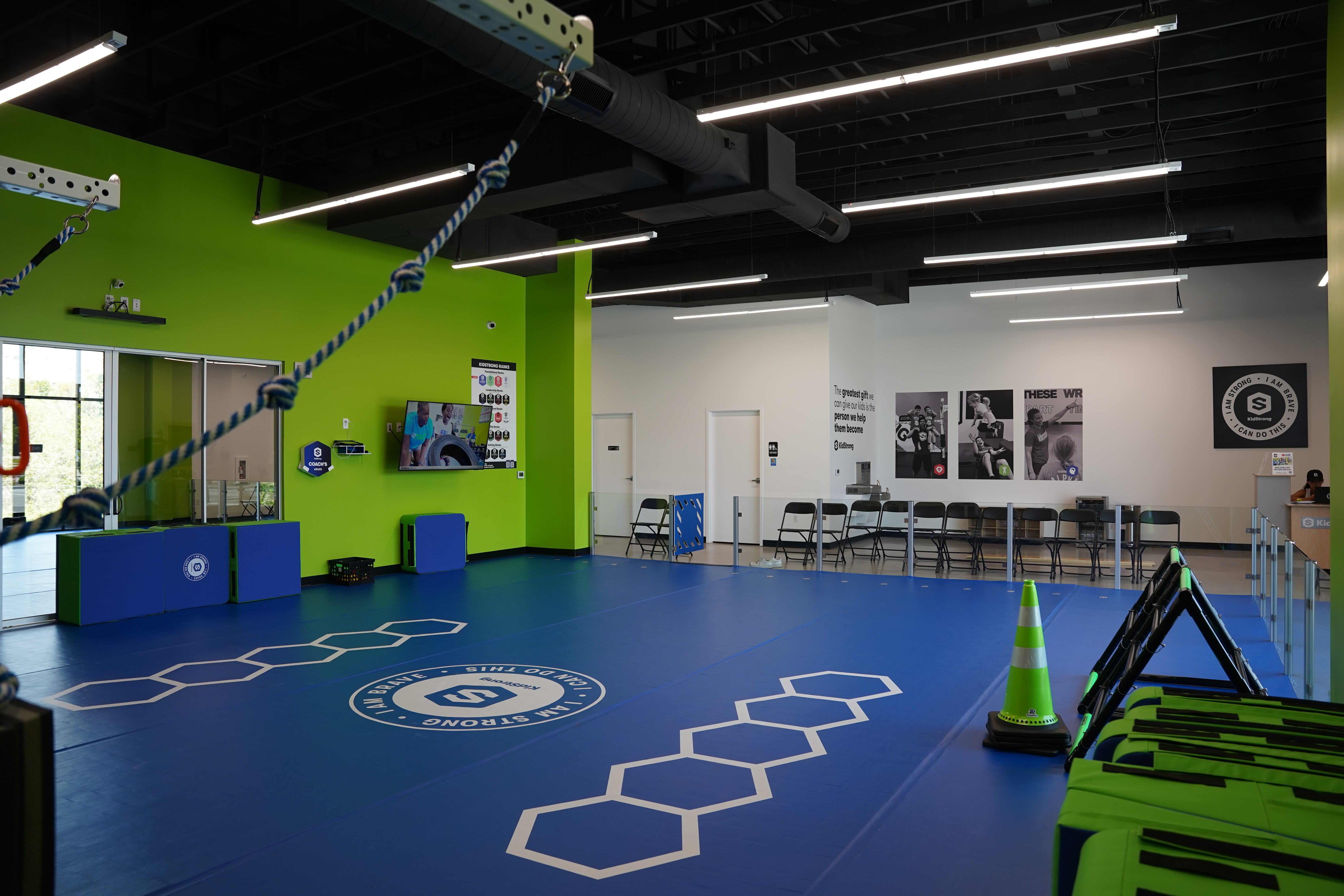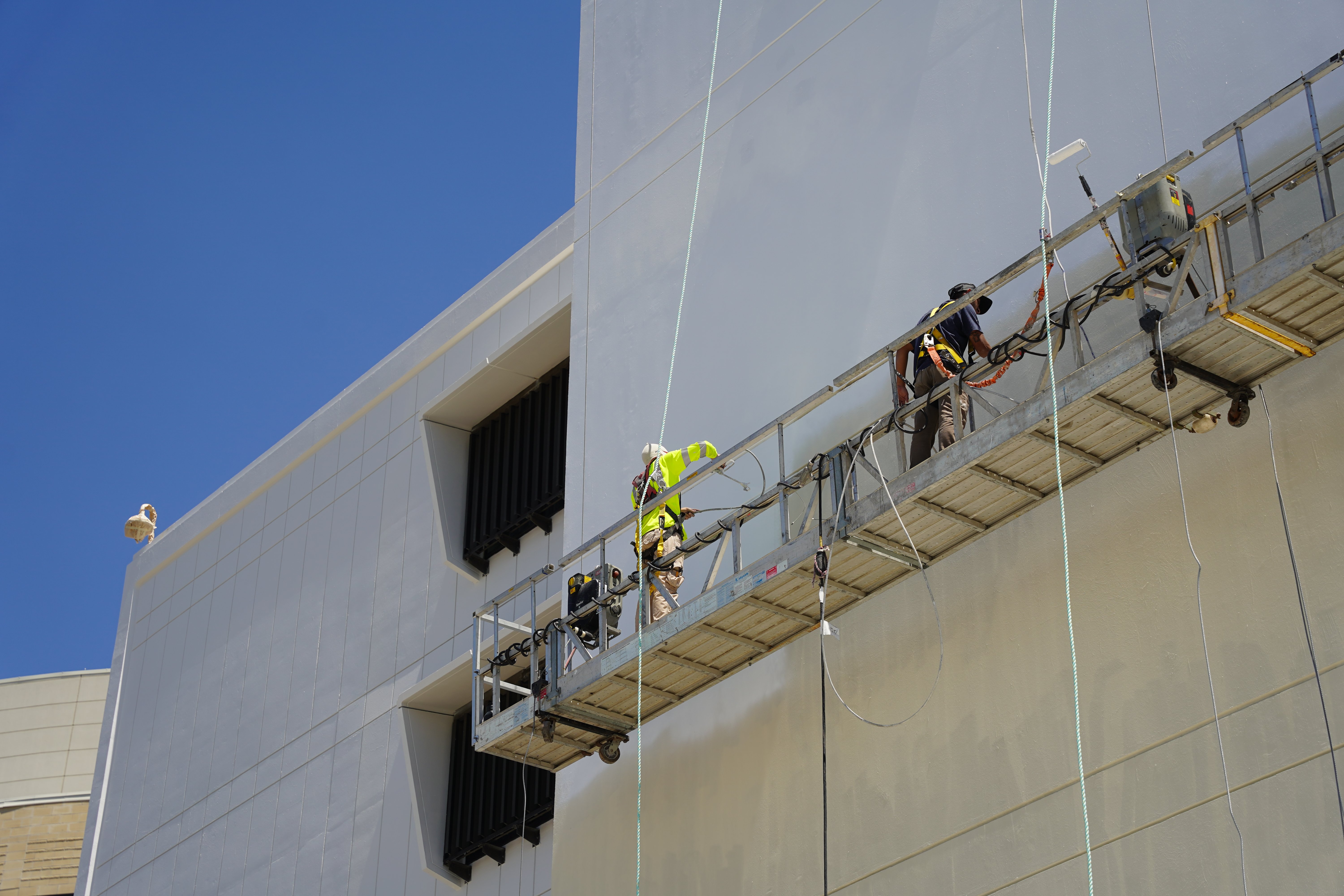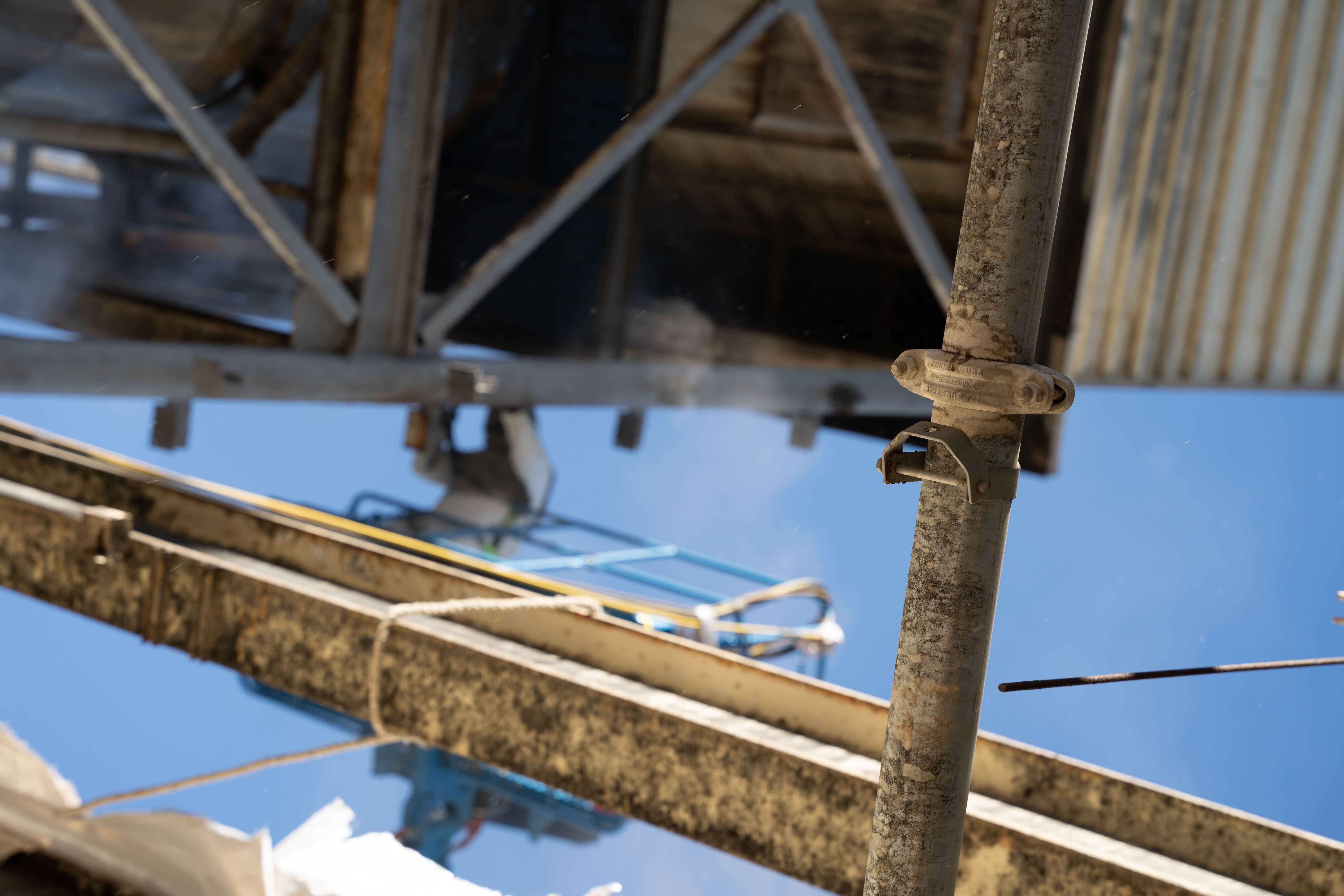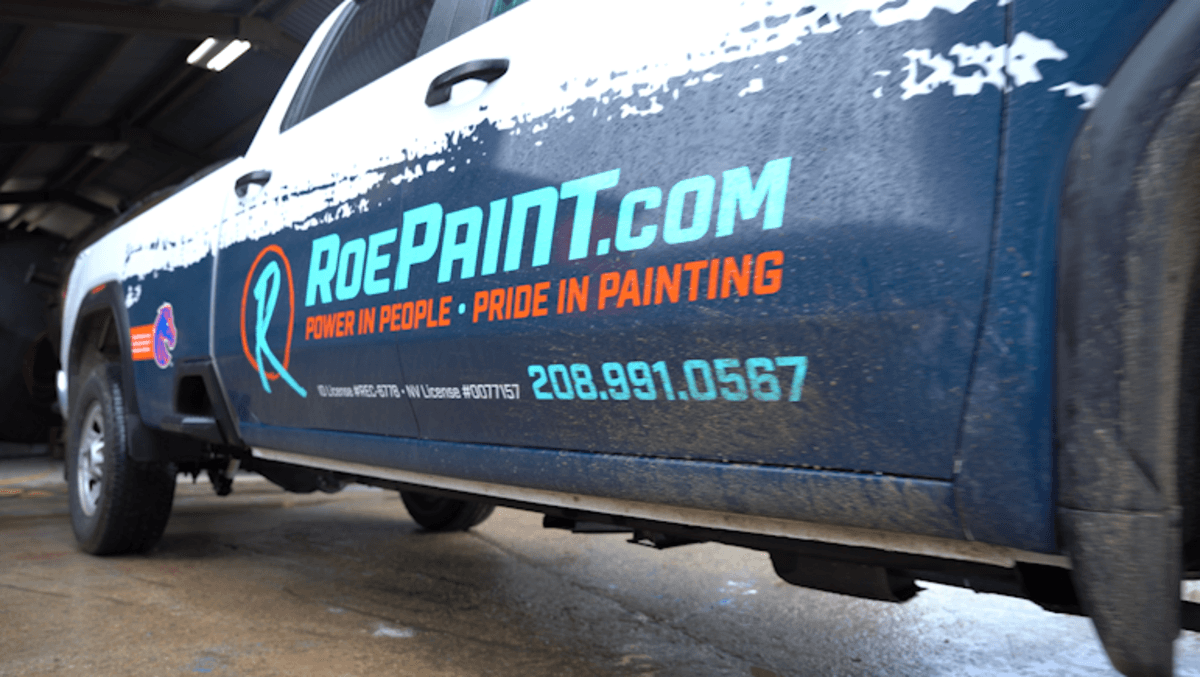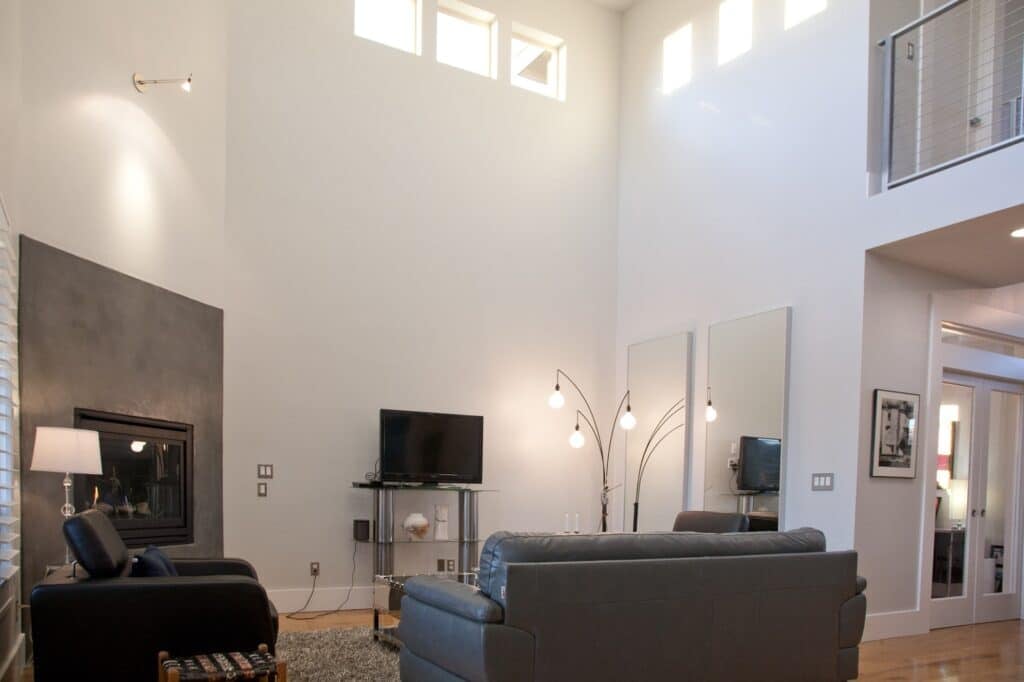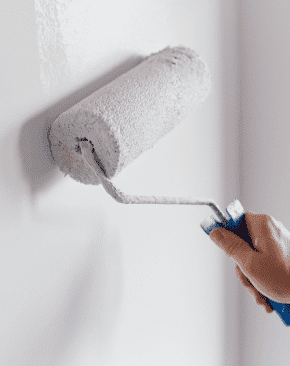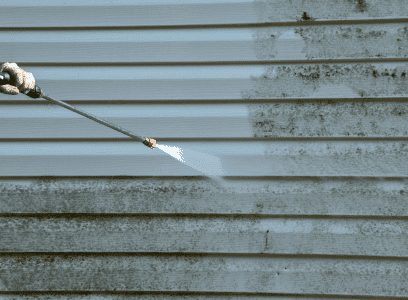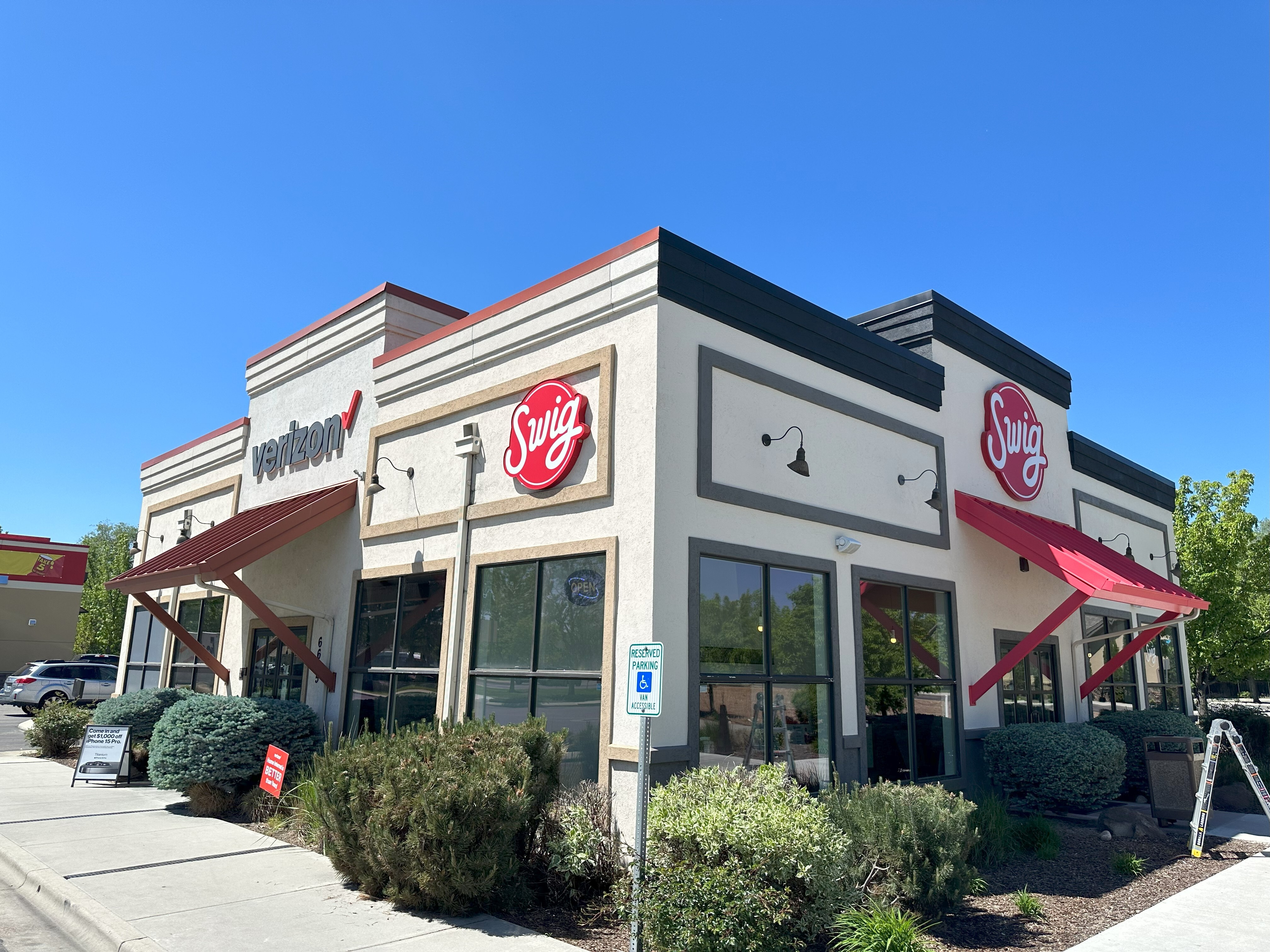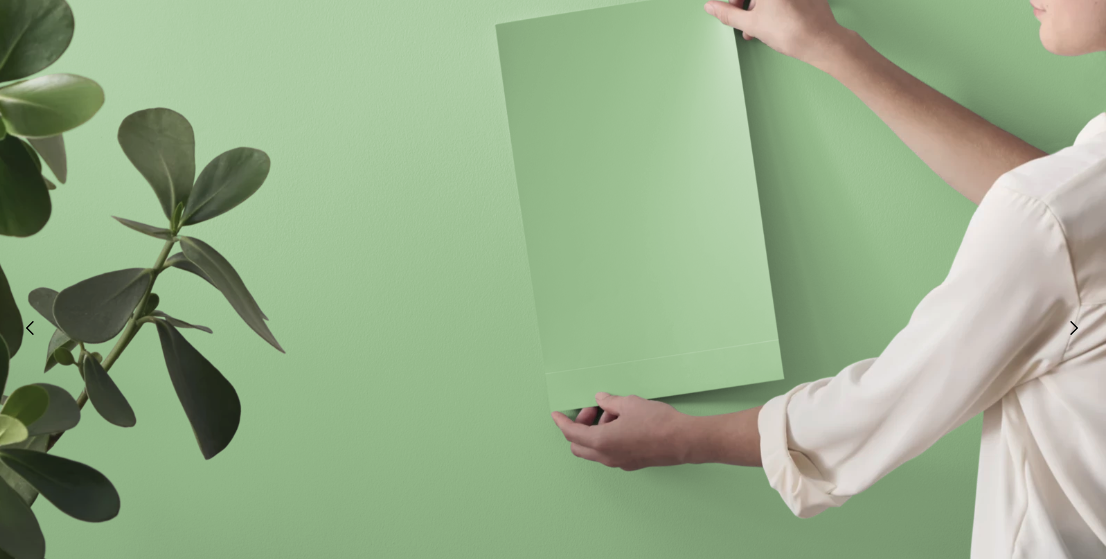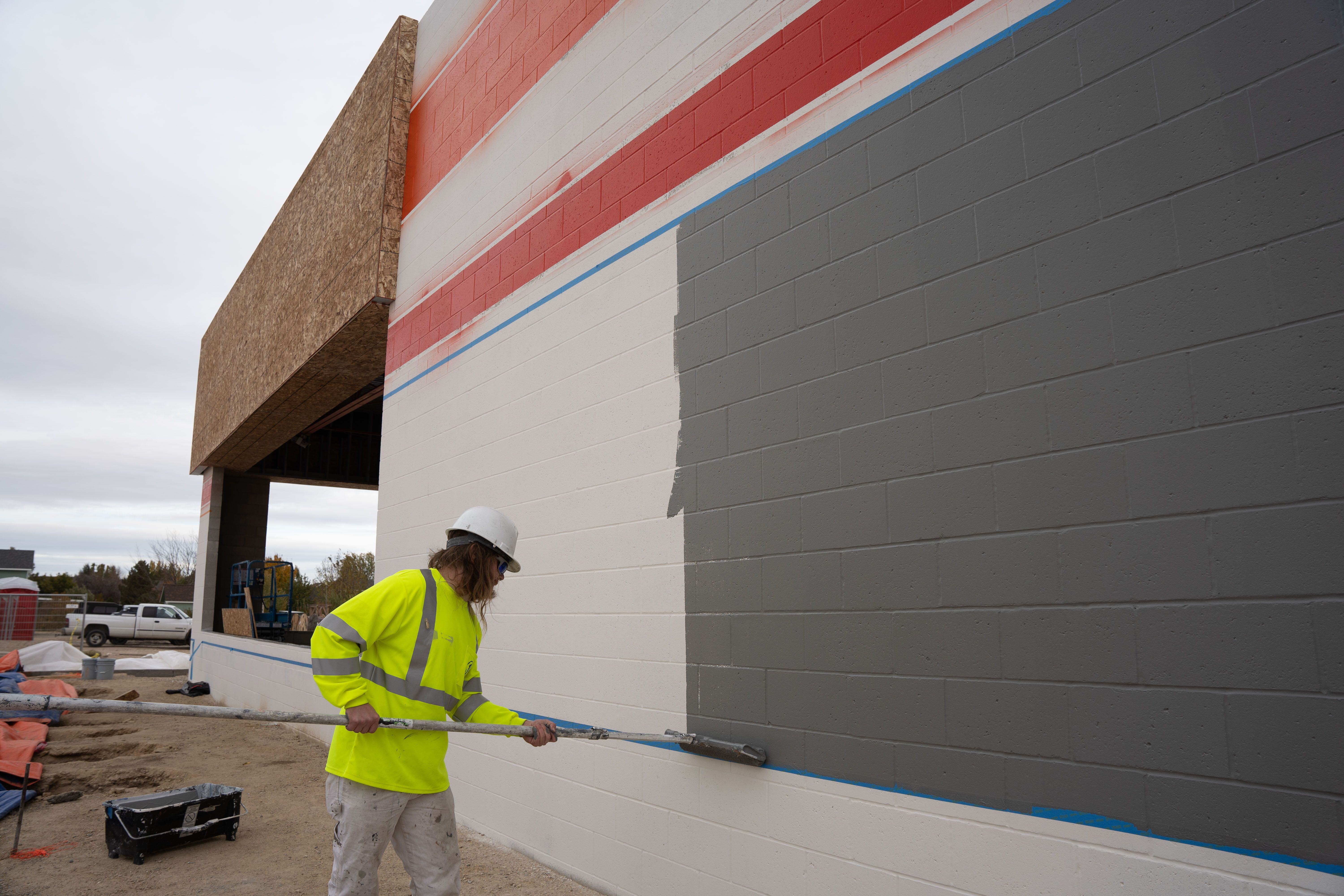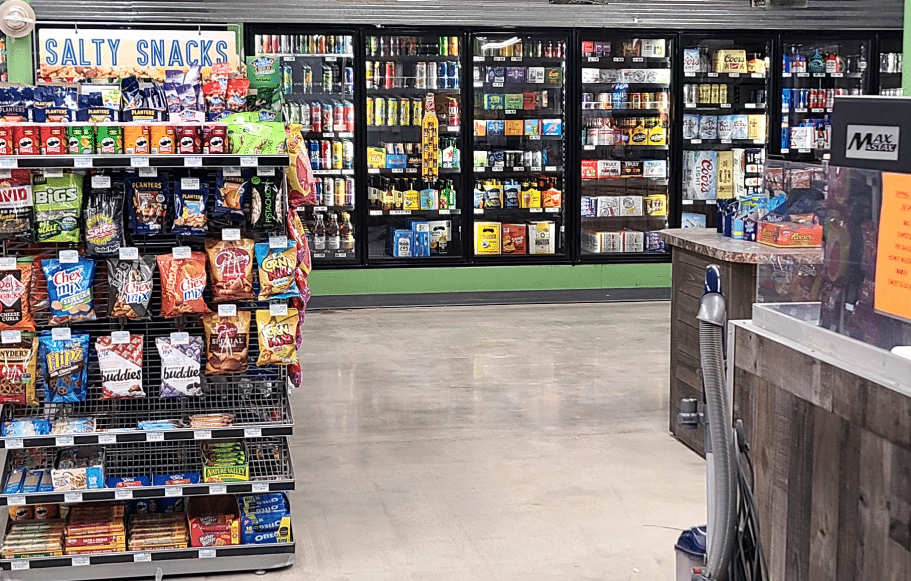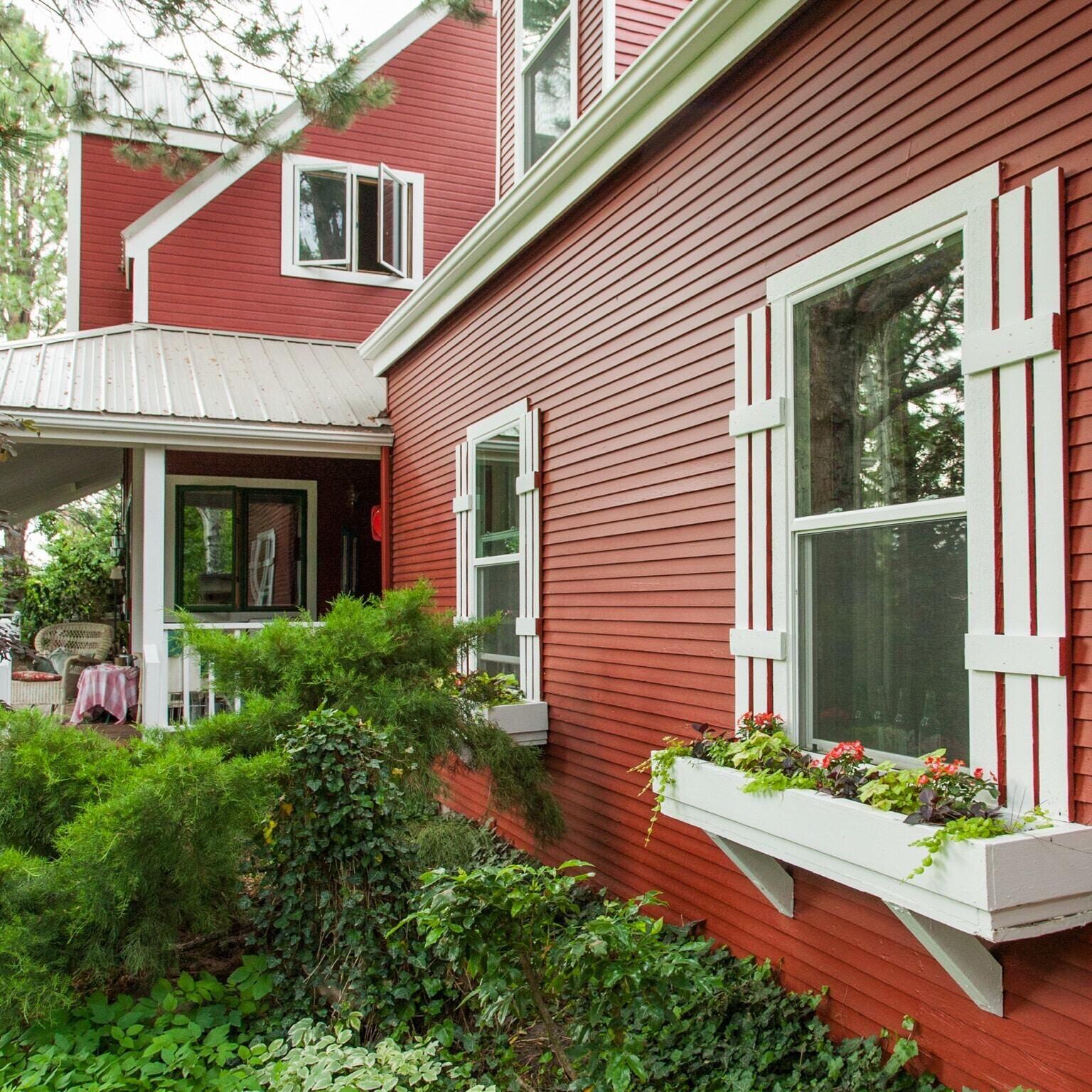Solid Stain vs. Semi-Transparent vs. Paint: Which Finish Works Best?
June 16th, 2025
5 min read
By Jud Masters
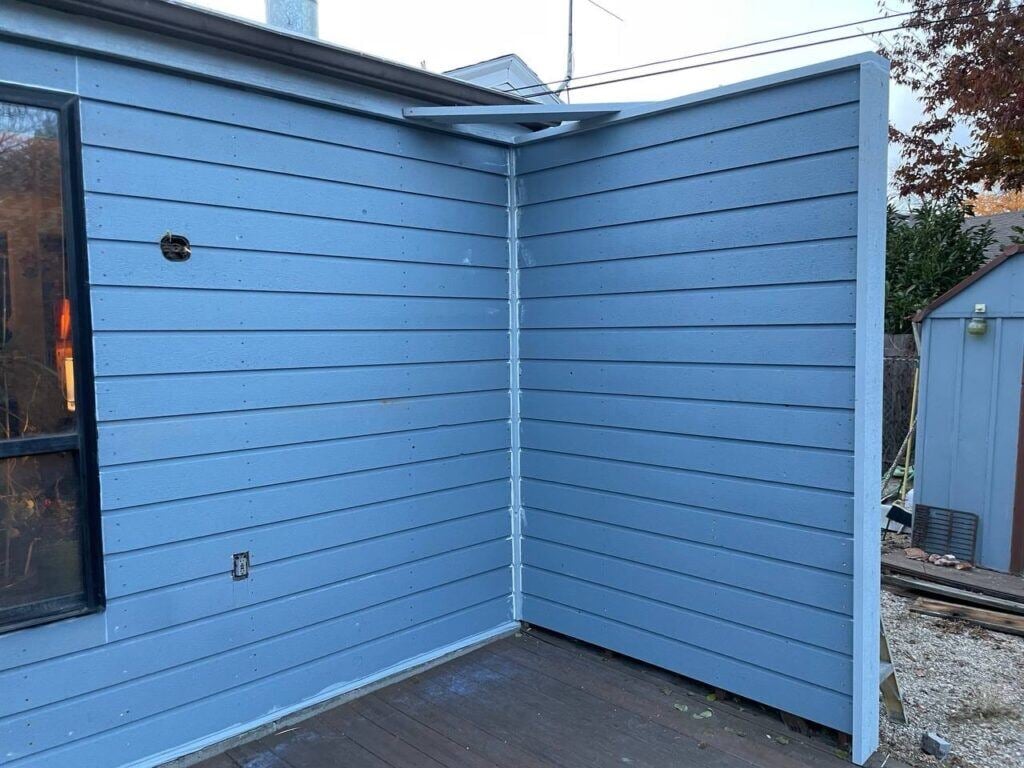
You’re staring at peeling paint or fading stain on your deck, fence, or siding (again!) and wondering why this keeps happening and what will actually hold up next time. The finish didn’t last nearly as long as you hoped, and now you’re facing another weekend of maintenance (and another trip to the hardware store).
When it comes to protecting and finishing exterior wood, most homeowners are choosing between semi-transparent stain, solid body stain, and paint. Each option has a different look, lifespan, and level of maintenance. And while all three can work in certain situations, choosing the wrong one can lead to premature failure and costly do-overs.
In this guide, we’ll break down the real pros and cons of each finish type. You’ll learn what to expect in terms of durability and upkeep, where each product performs best (including for wood siding), and how to avoid the most common mistakes homeowners make, so you can pick the right finish for your home with confidence.
We'll cover:
- What is Semi-Transparent Stain?
- What is Solid Body Stain?
- What about Paint?
- Side-by-Side Finish Comparison
- When to Use Each Finish
What is Semi-Transparent Stain?
If you love the natural look of wood–its grain, knots, and color variation–semi-transparent stain might seem like the perfect choice. It adds a subtle tint while allowing the wood’s unique character to shine through. Homeowners often reach for it when they want to show off their cedar beams, redwood siding, or a deck with beautiful natural texture.
But here’s the catch: semi-transparent stain is really just a clear (or natural) penetrating stain with tint colorants added to get you to a desired color (walnut, mahogany, redwood, etc.). It doesn’t cover flaws, discoloration, or sun damage.
If your wood has grayed out, been stained by sprinklers, or seen heavy UV exposure, this finish won’t hide those imperfections. In fact, they’ll still be visible unless the surface is cleaned, brightened, and prepped thoroughly before application.
Pros:
- Highlights the wood’s natural grain and variation
- Great for decorative wood where appearance is the priority (e.g., front doors, high-end beams)
- Softer, more organic look than paint or solid stain
Cons:
- Requires intensive prep for best results (cleaning, brightening, scrubbing)
- Offers limited protection against UV fade
- Need reapplication every 1 to 3 years, especially in sunny or wet areas
- Won’t mask damage, graying, or mismatched boards
Best Use Cases:
Choose a semi-transparent stain when the aesthetic of the wood is the most important factor, and you’re willing to invest in ongoing maintenance to keep it looking sharp. It’s often used on:
- Decorative beams or corbels
- Front doors
- High-end siding on commercial properties
- New wood surfaces in good condition

Before photo of siding getting ready to be painted or stained

Exterior siding after being painted or stained
What is Solid Body Stain?
If semi-transparent stain is all about showing off the wood, solid body stain is about protecting it. It offers a rich, opaque color–similar to paint–but still allows the natural texture of the wood to come through. That means you get a clean, uniform look with far better durability than most traditional finishes.
Solid body stain, like Sharkskin from Rodda, is ideal for homeowners who are tired of peeling paint or constantly re-staining. Unlike paint, which forms a thick film on top of the wood and eventually cracks or chips, solid stain penetrates the wood fibers, helping it move with the wood instead of breaking away from it.
Even better, reapplication is simple. Unless the existing stain is very worn, there’s no need to scrape, sand, or strip the surface. In most cases, a basic wash and light sanding is all you need before putting on a new coat.
Pros:
- Excellent protection against UV, moisture, and weather
- Easier to maintain. Minimal sanding or scraping needed
- Can be tinted to any color, offering design flexibility
- Masks imperfections and evens out mismatched wood
- Typically lasts 3 to 5 years before needing touch-ups
Cons:
- Hides the natural color variation of the grain of the wood
- Less visual character than semi-transparent stains
- Won’t restore the look of damaged or gray wood–it simply covers it
Best Use Cases:
Choose solid body stain when durability and lower maintenance matter more than the natural wood aesthetic. It’s the go-to option for:
- Decks
- Fences
- Pergolas
- Railings
- Fascia
- Balconies
- Siding made from standard lumber like Douglas Fir or Pressure-Treated Pine
It’s also a great solution when you’re dealing with older wood, discolored boards, or repairs that need to be blended in seamlessly.
What About Paint?
Exterior paint is often considered for wood surfaces because it offers bold, full coverage and an almost unlimited color palette. And in certain situations, like wood siding that’s properly prepped and primed, it can be a great choice. Paint delivers a thick, opaque finish that can dramatically transform a home’s appearance.
However, paint also comes with significant drawbacks when used on wood. It forms a surface film that doesn’t flex as well with the natural expansion and contraction of wood, especially in harsh climates or on horizontal surfaces. Over time, that movement leads to cracking, chipping, and peeling—a maintenance headache for homeowners.
When Painting Wood Makes Sense
- Vertical wood siding in low-movement areas
- Projects where a solid, uniform color is the top priority
- Surfaces that are already painted and well-maintained
When to Avoid Paint
- Decks, railings, pergolas, and any horizontal wood surface
- Wood exposed to frequent sun, moisture, or temperature swings
- Homeowners looking for low-maintenance solutions
Finish Comparison: Semi-Transparent vs. Solid Body Stain vs. Paint
Feature |
Semi-Transparent Stain |
Solid Body Stain |
Exterior Paint |
|
Appearance |
Shows wood grain and color variation |
Solid color with wood texture visible |
Completely opaque; no grain or texture |
|
Best For |
High-end decorative wood (doors, beams, new cedar/redwood) |
Decks, fences, siding, pergolas, older wood needing coverage |
Vertical siding, areas needing bold color |
|
Durability |
Low- Reapply every 1-3 years |
Moderate- Reapply every 3-5 years |
High, but can be prone to cracking/peeling |
|
Maintenance |
High- Requires frequent reapplication and surface brightening |
Low- Easy recoat with minimal sanding or scraping |
High- Scraping and priming needed |
|
UV Protection |
Limited |
Excellent |
Excellent |
|
Surface Prep Required |
Clean and brighten for best results |
Basic cleaning, sometimes sanding |
Intense prep: scraping, priming, sealing |
|
Color Options |
Wood tones only |
Unlimited (can be tinted) |
Unlimited (wide range of sheens too) |
|
Ability to Hide Damage |
Very low |
High- covers discoloration and mismatched wood |
High- full coverage, but can peel from damaged areas |
|
Cost Over Time |
High due to frequent reapplication and prep |
Lower- less frequent upkeep and easier maintenance |
Medium to high- depends on prep and repainting needs |
|
Movement Tolerance |
Good |
Excellent |
Poor- prone to peeling on expanding/contracting wood |
When to Use Each Finish
Choosing the right finish for your exterior wood comes down to what you value most–the natural look, long-term durability, or low maintenance. Here’s how to decide:
Choose Semi-Transparent Stain if:
- You have high-quality, attractive wood like cedar, mahogany, or redwood, and you want to showcase it.
- You’re staining decorative elements like beams, corbels, or front doors.
- You’re okay with more frequent maintenance and are willing to clean and brighten the wood before every recoat.
- You prioritize natural aesthetics over longevity or even coverage.
Best for: Decorative wood in good condition, where appearance is the top priority.
Choose Solid Body Stain if:
- You want a finish that lasts longer and is easier to maintain.
- You’re dealing with older or mismatched wood that needs a more uniform look.
- You’re coating decks, railings, fences, siding, or any surface exposed to sun and weather.
- You want full color customization without the peeling risks of paint.
Best for: Everyday exterior wood surfaces where protection and ease of upkeep matter most.
Choose Paint if:
- You’re working on vertical wood siding and want a solid, opaque finish.
- You’re okay with repainting as part of long-term maintenance.
- Your surface is already painted, and you want to keep the look consistent.
Best for: Stable, vertical siding. Not ideal for decks, rails, or fencing.
Choose the Finish that Fits Your Priorities
There’s no one-size-fits-all answer when it comes to exterior wood finishes. Whether you go with semi-transparent for its natural beauty, solid body stain for its durability and ease of maintenance, or paint for a bold, opaque look on siding, choose the product that aligns with your goals.
If you want long-term protection with less upkeep, solid body stain is usually the smart choice for most exterior wood surfaces. If you love the raw look of wood grain, semi-transparent stain can deliver that wow factor. When it comes to vertical siding, paint has excellent performance when properly prepped and maintained.
Not sure which finish is right for your home?
Let’s take a look together. Schedule an in-person consultation and get tailored advice for your home.
Jud has been with Roe Painting since 2017 and in the painting industry as a whole since 1999. He has a passion for estimating and selling a wide variety of painting projects. As the son of two teachers, he loves to educate his customers on what they should expect in a proper paint job. As VP of Sales, he enjoys developing estimating programs and teaching and coaching his sales team to deliver a confident contracting experience for every customer.
Topics:


